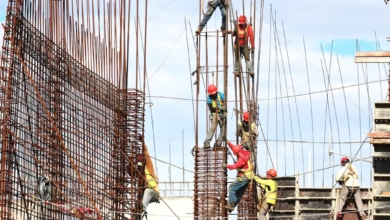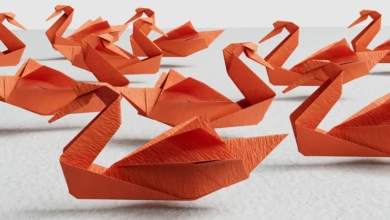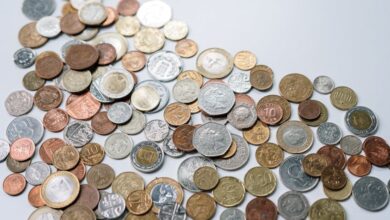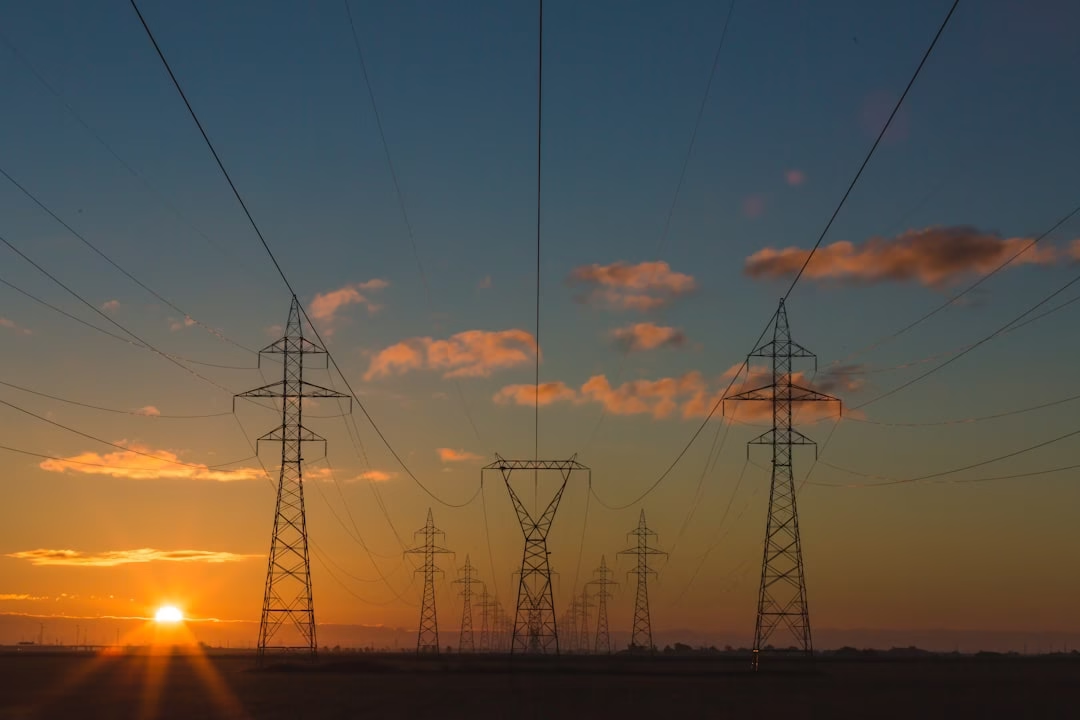Metal Corrosion and Protection: Effective Strategies for Managing Industrial and Precious Metals Degradation
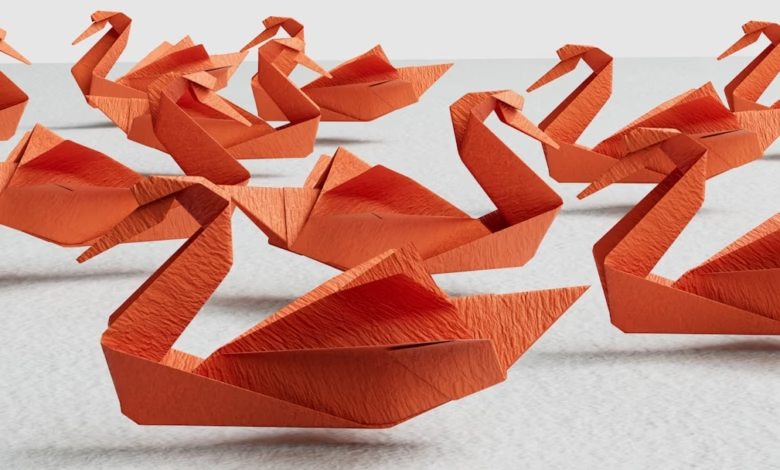
Metal corrosion is an ongoing challenge that poses significant risks to various industries, from construction to aerospace. As metals are essential components in everyday products and infrastructure, understanding the causes and types of metal degradation is crucial for effective management. The impacts of corrosion are not only financial but can also compromise safety and performance, particularly in industrial and precious metals like gold, silver, and platinum.
In this article, we will explore the intricacies of metal corrosion, examining how it affects both ferrous and non-ferrous metals, including base metals like steel, aluminum, and copper. We will also discuss effective strategies for protecting these metals from corrosion, employing advanced methods in metallurgy and metal fabrication. Furthermore, we will delve into sustainable solutions, highlighting the role of metal recycling and innovative practices in reducing degradation and promoting sustainable metal production. Whether you're involved in metal mining, investing in metal commodities, or engaged in 3D printing metals, this comprehensive guide will provide valuable insights into preventing and managing metal corrosion effectively.
- 1. Understanding Metal Corrosion: Causes, Types, and Impacts on Industrial and Precious Metals
- 2. Effective Strategies for Protecting Ferrous and Non-Ferrous Metals from Corrosion
- 3. Sustainable Solutions: The Role of Metal Recycling and Fabrication in Reducing Metal Degradation
1. Understanding Metal Corrosion: Causes, Types, and Impacts on Industrial and Precious Metals
Metal corrosion is a natural process that leads to the degradation of metals due to their reaction with environmental factors. Understanding the causes and types of corrosion is crucial for both industrial applications and the preservation of precious metals.
Corrosion can be broadly classified into several types, including uniform corrosion, galvanic corrosion, pitting corrosion, and crevice corrosion. Uniform corrosion affects the entire surface of the metal, while galvanic corrosion occurs when two dissimilar metals come into contact in the presence of an electrolyte. Pitting corrosion creates small, localized holes in the metal, and crevice corrosion happens in confined spaces. Each type poses unique challenges, particularly for industrial metals such as steel, aluminum, copper, and zinc, which are extensively used in construction, automotive, and aerospace applications.
The impacts of metal corrosion are significant, especially in industrial settings. It can lead to the failure of critical components, increased maintenance costs, and safety hazards. For example, in the automotive industry, corrosion can compromise the structural integrity of vehicles, while in the energy sector, it can affect the efficiency of metal fabrication and sustainable metal production processes. Moreover, rare earth metals and base metals used in electronics and renewable energy systems are also susceptible to corrosion, impacting their longevity and performance.
In the context of precious metals, such as gold and silver, corrosion is typically less of an issue due to their inherent resistance to oxidation. However, even these metals can suffer from tarnishing, which can detract from their aesthetic appeal in jewelry metals. Gold investing and silver investing remain popular despite these challenges, as the value of these metals is often seen as a hedge against economic fluctuations.
The management of metal corrosion involves various strategies, including the use of protective coatings, cathodic protection, and the selection of appropriate metal alloys that enhance resistance to degradation. Additionally, advancements in metallurgy and the introduction of innovative materials, such as refractory metals and battery metals, are paving the way for improved corrosion resistance in various applications.
As industries shift towards more sustainable practices, the focus on metal recycling and the development of corrosion-resistant materials will become increasingly important. Keeping abreast of metal trends and technologies, such as 3D printing metals, can also provide new solutions to mitigate the effects of corrosion on both industrial and precious metals. Ultimately, understanding the complexities of metal corrosion and implementing effective management strategies is essential for the longevity and functionality of metal commodities across diverse sectors.
2. Effective Strategies for Protecting Ferrous and Non-Ferrous Metals from Corrosion
Corrosion is a significant issue affecting both ferrous and non-ferrous metals, leading to costly damages in various industries, from construction to aerospace. To effectively protect these metals from degradation, several strategies can be employed.
Firstly, applying protective coatings is one of the most effective methods. Paints, varnishes, and specialized coatings can create a barrier that shields metals from moisture and corrosive environmental elements. For instance, aluminum and zinc coatings are commonly used to protect steel, enhancing its resistance to rust and extending its lifespan.
Secondly, cathodic protection is a widely used technique, particularly for industrial metals and construction metals. This process involves using a sacrificial anode made from a more reactive metal, such as zinc or magnesium, which corrodes instead of the protected metal. This method is particularly effective in marine environments where metals are prone to accelerated corrosion.
Additionally, the use of corrosion inhibitors can be beneficial. These chemicals slow down the corrosion process by forming a protective film on the metal surface. They are often used in combination with other methods, especially in environments where moisture and exposure to chemicals are prevalent.
Another effective strategy is choosing the right metal alloys for specific applications. For example, stainless steel, which contains chromium, is significantly more resistant to corrosion compared to regular steel. Similarly, when investing in precious metals like gold and platinum, one benefits from their inherent resistance to corrosion, making them ideal for jewelry metals and investment commodities.
Regular maintenance and inspections are also crucial. Identifying early signs of corrosion can lead to timely repairs and interventions, thus preventing further degradation. In the context of sustainable metal production, recycling metals can also play a role in reducing corrosion-related issues, as recycled metals often undergo refinement processes that improve their properties.
In summary, the protection of ferrous and non-ferrous metals from corrosion can be achieved through a combination of protective coatings, cathodic protection, corrosion inhibitors, careful selection of metal alloys, and proactive maintenance. By implementing these strategies, industries can ensure the longevity and durability of their metal assets, whether they are construction metals, aerospace metals, or automotive metals. Keeping abreast of metal trends and advancements in metallurgy will also aid in the development of more effective corrosion management techniques.
References:
– ASTM International. (2022). Corrosion Protection of Metals. Retrieved from [link]
– National Association of Corrosion Engineers. (2021). Corrosion Control Methods. Retrieved from [link]
– Metallurgy for Dummies. (2020). Metal Alloys and Their Resistance to Corrosion. Retrieved from [link]
– U.S. Geological Survey. (2023). Mineral Commodity Summaries. Retrieved from [link]
– International Journal of Metal Recycling. (2022). Sustainable Practices in Metal Recycling. Retrieved from [link]
3. Sustainable Solutions: The Role of Metal Recycling and Fabrication in Reducing Metal Degradation
Sustainable solutions to metal corrosion and degradation are increasingly vital as the demand for metals continues to rise. One of the most effective strategies for addressing these challenges lies in the realms of metal recycling and fabrication. By embracing these practices, we can significantly reduce the environmental impact associated with metal mining while also conserving precious resources.
Metal recycling involves the recovery and reprocessing of various types of metals, including ferrous metals such as steel and non-ferrous metals like aluminum, copper, zinc, and precious metals such as gold and platinum. This process not only mitigates the need for new metal extraction but also minimizes the energy consumption typically required for metal production. The recycling of base metals and rare earth metals contributes to a more sustainable metal production cycle, reducing the carbon footprint associated with traditional metallurgy practices.
Additionally, the fabrication of metal alloys can enhance the durability and resistance of metals to corrosion. For example, the integration of refractory metals in construction metals can improve their performance in harsh environments, thereby extending their lifespan and reducing the frequency of replacement. This is particularly crucial in sectors such as aerospace and automotive industries, where metal degradation can lead to significant safety hazards and financial losses.
As we move towards sustainable metal production, innovative practices such as 3D printing metals are gaining traction. This technology allows for precise metal fabrication with minimal waste, presenting a promising avenue for producing components from various metal commodities, including energy metals and battery metals like lithium. The transition to environmentally friendly practices in metalworking and fabrication not only supports the conservation of resources but also aligns with the growing interest in gold investing and silver investing, where sustainability is becoming a key consideration.
Overall, the role of metal recycling and fabrication in preventing and managing metal degradation is paramount. By prioritizing these sustainable solutions, industries can reduce metal corrosion, enhance the longevity of products, and contribute to a more circular economy, ultimately benefiting both the environment and the economy.
In conclusion, understanding metal corrosion and implementing effective protection strategies is crucial for preserving the longevity and functionality of both industrial and precious metals. By recognizing the various causes and types of corrosion, industries can tailor their approaches to mitigate the impacts on ferrous and non-ferrous metals alike. The adoption of sustainable solutions, including metal recycling and innovative metal fabrication techniques, not only plays a vital role in reducing metal degradation but also aligns with the growing demand for sustainable metal production practices. As we move forward, embracing advanced metallurgy and staying informed about the latest trends in metal commodities—from base metals like steel, aluminum, and copper to rare earth metals essential for modern technology—will be key to ensuring durability and efficiency across sectors such as construction, aerospace, and automotive industries. Additionally, for investors interested in gold and silver investing or those exploring opportunities in battery metals like lithium and palladium, understanding the dynamics of metal corrosion and protection can enhance investment strategies. By prioritizing the prevention and management of metal corrosion, we pave the way for a more resilient and sustainable future in metal use and production.

